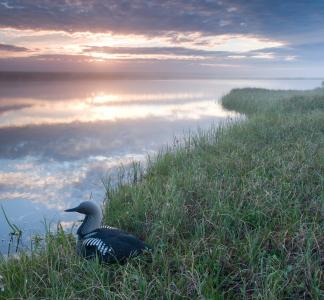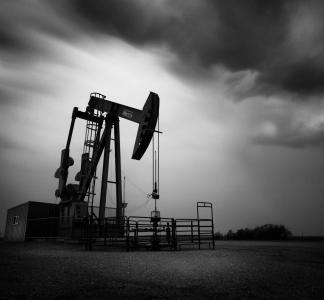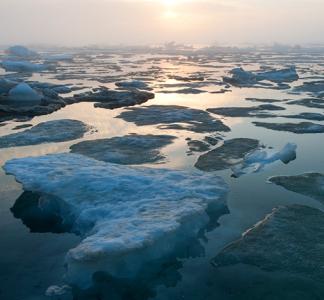5 questions: How to protect the Arctic from oil drilling?

Caribou walking in Arctic National Wildlife Refuge
Peter Mather
Oil & gas leases in the Arctic National Wildlife Refuge have been canceled, but there’s more to do
You might have read recently about the cancelation of all remaining oil and gas leases on the coastal plain of the Arctic National Wildlife Refuge. This monumental decision is a win for the Arctic, Indigenous peoples and the environment. These leases, covering about 365,000 acres, were bought by Alaska’s state-owned corporation, the Alaska Industrial Development and Export Authority, during the Trump administration.
Safeguarding the Arctic Refuge from oil and gas development is vital. The refuge was protected until 2017. Additionally, the region’s Indigenous Iñupiat and Gwich'in communities rely on the area for food security and traditional ways of life — particularly the Gwich'in, who are heavily dependent on the Porcupine Caribou Herd.
Now that the drilling leases are canceled, you may have a few questions about what’s next. I tried my best to answer some of them:
1. Does this mean there won’t be oil drilling in the Arctic Refuge?
Sadly, not necessarily. In fact, there will be an oil lease sale in the Arctic Refuge in 2024 because it is required by a 2017 law that was pushed by the Trump administration. Basically, the Biden administration is legally mandated to hold at least one more lease sale in the refuge by December 2024 —and senior administration officials have said they "intend to comply with the law".
2. Is there a way to stop another lease sale in the Arctic Refuge from happening?
Unfortunately, the lease sale is required by law unless Congress were to rescind a provision in the 2017 Tax Cuts and Jobs Act, which is unlikely with Republicans in power.
But all hope is not lost. The Biden administration recently issued a draft Supplemental Environmental Impact Statement that recognizes conservation needs and Indigenous rights in the Arctic Refuge region and contains stipulations that could restrict the amount of land offered up for drilling and limit seismic surveys. That document is open for public comment until Nov. 7.
If, based on that process, the Interior Department ultimately decides to extend stronger protections to the refuge there’s a good chance that major oil companies will decide it’s too big a hassle to bid on leases. But smaller companies—and the state’s corporation—could again attempt to acquire leases. Basically, because we don’t expect Congress to cancel the lease-sale mandate, our best chance is to ensure that the new leasing program has as little impact on the wildlife and nearby communities as possible.
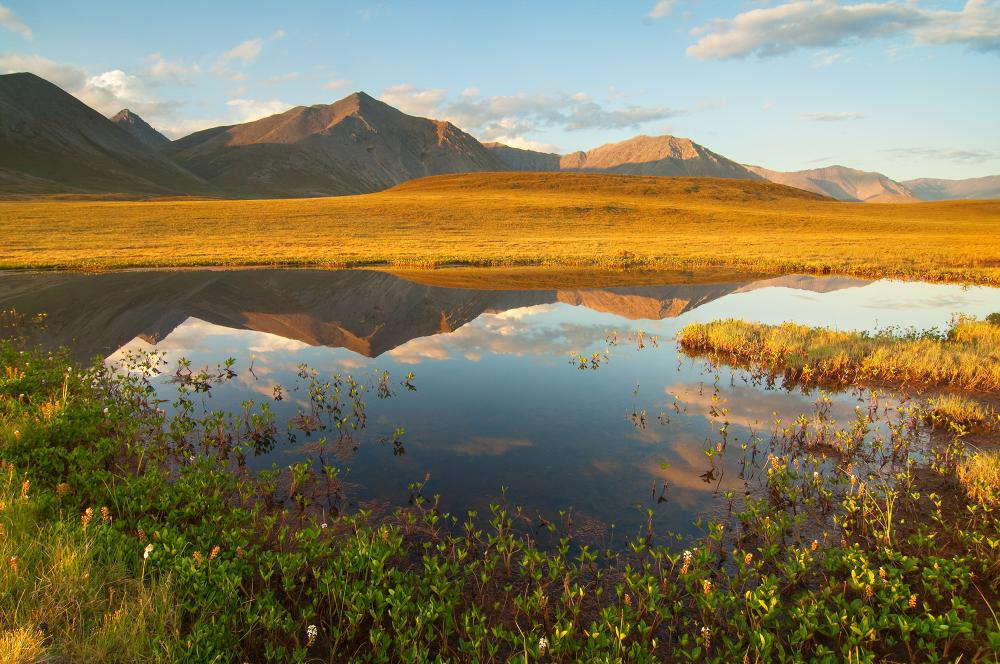
Scenic Arctic Refuge shot with mountains in the background and lake in the foreground
Carl Donohue
3. So, how can I help protect the Arctic Refuge?
The Biden administration is reviewing the leasing program and updating the requirements for leasing in the Arctic Refuge so that future lease sales abide by laws that provide stronger protections for our nation’s land, air and waters. Ideally, Congress would act to stop the 2024 lease sale but, because it is controlled by pro-drilling Republicans, that’s unlikely. So, the Biden administration must adopt the strongest protections possible before the lease sale occurs—both limiting the acreage available for lease and minimizing the disturbances to the land.
4. What about the Western Arctic—is that protected from drilling?
The Arctic Refuge is not the only region that is threatened by oil and gas development. On the same day of the lease cancelations and the release of the draft supplemental environmental impact statement for the Arctic Refuge, the Biden administration also announced a proposed rule aimed at providing stronger protections in the Western Arctic (also called the National Petroleum Reserve-Alaska) These protections will benefit local Indigenous communities and safeguard natural resources such as caribou, migratory birds, clean air and water. But significant threats continue to imperil the Western Arctic and our global climate.
Millions of acres in the Western Arctic are already leased to ConocoPhillips and other oil companies for oil and gas drilling. As you probably remember, earlier this year the federal Bureau of Land Management approved the controversial Willow Project, a massive oil drilling project that is projected to release more than 280 million metric tons of greenhouse gases over the next 30 years and is expected to spur even more oil projects. These projects could result in the extraction of an additional 4.6 billion barrels of oil!
It is vital that President Biden develop a plan to better manage those oil and gas reserves because of the potentially devastating climate impacts of Willow and future projects. A good next step should involve conducting a comprehensive climate impacts assessment of current and future development in the Western Arctic. The data could then inform decisions on whether to issue permits for future oil drilling projects in the Arctic.
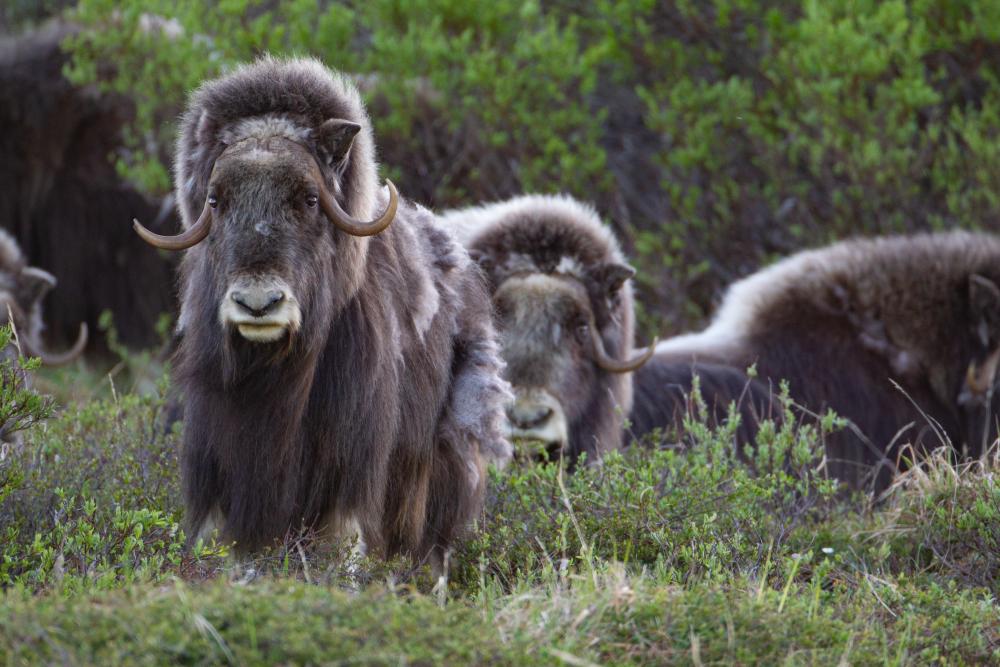
A group of muskox face the camera on the Western Arctic
Peter Pearsall/USFWS
5. How can I help ensure protection for the Western Arctic?
Right now, the Bureau of Land Management is accepting comments on its proposed rule for Special Areas in the NPR-A. We are asking the administration to strengthen the final rule and conduct a comprehensive climate impacts assessment to limit the threat from oil and gas development in the Western Arctic.
